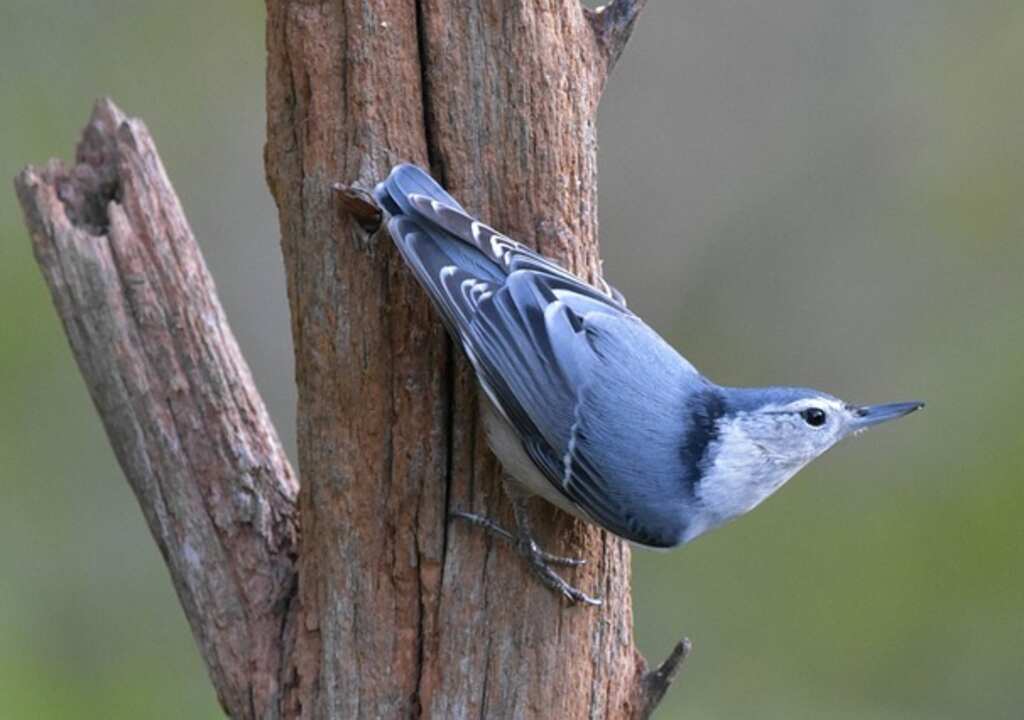New Hampshire is a haven for birdwatching enthusiasts, thanks to its diverse landscape and rich birding heritage. With its stunning mountains, picturesque lakes, and expansive forests, the state is home to a wide variety of bird species, making it one of the top destinations for birdwatching in the Northeastern United States.
In this article, we will explore the top birdwatching hotspots in New Hampshire, from the Great North Woods to the seacoast, providing insights into the best locations, key features, and birdwatching opportunities in each region.
Whether you are a seasoned birdwatcher or a beginner looking to get started, this article has everything you need to plan your next birdwatching adventure in New Hampshire.
Table of Contents
- 1 Key Takeaways
- 2 Birdwatching Hotspots In New Hampshire
- 3 Exploring New Hampshire’s Rich Birdwatching Heritage
- 4 The Great North Woods: A Haven for Birdwatchers
- 5 Coastal Delights: Birdwatching Along New Hampshire’s Seacoast
- 6 Inland Gems: Birding Hotspots in Central New Hampshire
- 7 Mountains and Valleys: Birdwatching in the White Mountains
- 8 Exploring the Merrimack Valley: A Birdwatching Paradise
- 9 Cheshire County’s Hidden Birding Treasures
- 10 Birdwatching Ethics and Conservation Efforts in New Hampshire
- 11 Tips for a Successful Birdwatching Trip in New Hampshire
- 12 Conclusion
- 13 FAQs: Top Birdwatching Hotspots In New Hampshire
- 13.1 What are some popular birdwatching hotspots in New Hampshire?
- 13.2 Are there any guided birdwatching tours available in New Hampshire?
- 13.3 What are some birdwatching trails and sites in New Hampshire?
- 13.4 What can I expect to see during a birdwatching trip in New Hampshire?
- 13.5 What are some ethical practices for birdwatching?
- 13.6 When is the best time to go birdwatching in New Hampshire?
- 13.7 What gear should I bring for a birdwatching trip in New Hampshire?
- 13.8 How can I contribute to bird conservation efforts in New Hampshire?
- 14 Author
Key Takeaways
- New Hampshire is one of the top birdwatching destinations in the Northeastern United States.
- The state’s diverse landscape and rich birding heritage make it a haven for birdwatching enthusiasts.
- This article will explore the top birdwatching hotspots in New Hampshire, providing insights into the best locations, key features, and birdwatching opportunities in each region.
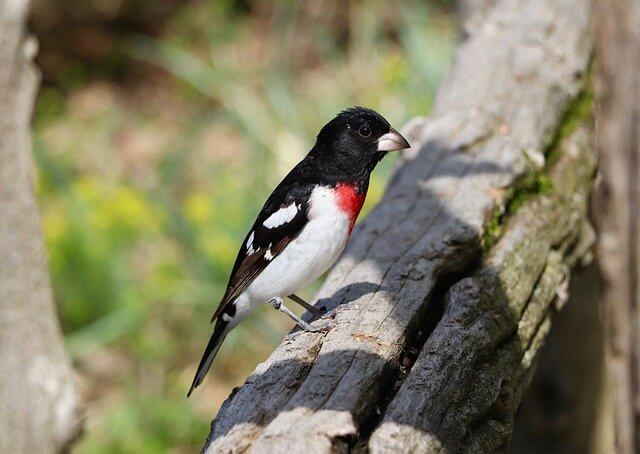
Birdwatching Hotspots In New Hampshire
New Hampshire is a haven for birdwatchers, with a variety of habitats that attract a diverse range of bird species. Some of the top birdwatching hotspots in New Hampshire include the White Mountains, the Lakes Region, and the Seacoast.
These areas offer opportunities to spot a wide range of bird species, from raptors and waterfowl to songbirds and migratory species. Whether you’re an experienced birdwatcher or a novice, New Hampshire’s birdwatching hotspots are sure to provide a memorable experience.
Exploring New Hampshire’s Rich Birdwatching Heritage
New Hampshire is a birdwatching paradise, home to a rich variety of bird species across its diverse landscapes. With its extensive forests, tranquil lakes, rugged mountains, and stunning coastline, the state provides a perfect habitat for both common and rare bird species.
From migrating warblers to majestic raptors, birdwatchers can witness a wide range of avian species in New Hampshire. The state’s extensive birdwatching heritage is a reflection of its commitment to preserving its natural environment and fostering an appreciation for its unique wildlife.
Many of the top birdwatching locations in New Hampshire are easily accessible and offer a unique opportunity to delve into the state’s natural beauty. Whether you are an experienced birder or a beginner, the birdwatching hotspots in New Hampshire are sure to delight and inspire you.
Discover the top birding locations in New Hampshire
With over 400 bird species recorded in New Hampshire, the state offers a diverse range of birding habitats and experiences.
| Region | Top Birding Locations |
|---|---|
| The Great North Woods | Pittsburg Wildlife Management Area, Moose Alley, Umbagog National Wildlife Refuge |
| The Seacoast | Odiorne Point State Park, Hampton Beach State Park, Rye Harbor State Park |
| Central New Hampshire | Lake Winnipesaukee, Squam Lake, Newfound Lake |
| The White Mountains | Mount Washington State Park, Franconia Notch State Park, Crawford Notch State Park |
| The Merrimack Valley | Great Bay Wildlife Refuge, Winslow State Park, Clough State Park |
| Cheshire County | Monadnock State Park, Pisgah State Park, Chesterfield Gorge Natural Area |
These locations provide ample opportunities to witness a range of bird species in their natural habitat. Guided birdwatching tours are also available in many of these areas and can provide a deeper understanding of the state’s unique birding heritage.
Preserving bird habitats in New Hampshire
New Hampshire is dedicated to preserving its natural environment and fostering the growth of its wildlife population. The state has implemented several conservation efforts that aim to protect the diverse habitats that support its bird species.
Some of the conservation programs include the Land and Water Conservation Fund and the State Wildlife Grants Program, which provide funding for the protection of critical habitats. Additionally, the state has established regulations governing the management of bird habitats and populations, such as the Habitat Protection Act and the Endangered Species Conservation Act.
By taking an active role in preserving New Hampshire’s natural environment, birdwatchers can ensure that the state’s rich birding heritage remains protected for future generations.
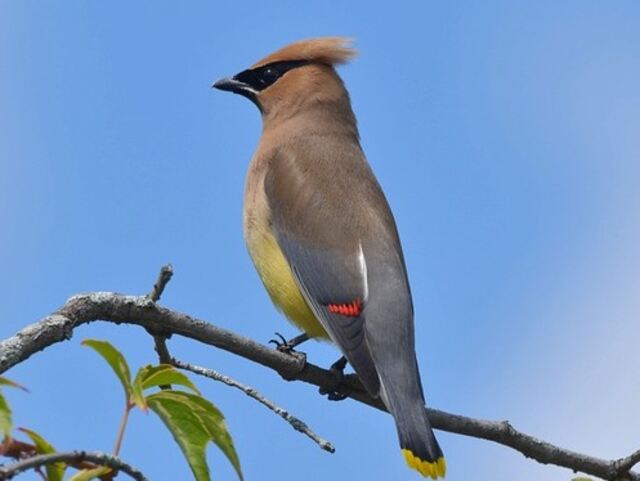
The Great North Woods: A Haven for Birdwatchers
The Great North Woods region in New Hampshire is a fantastic destination for birdwatchers. Its extensive forests, pristine lakes, and vibrant wetlands provide a habitat to a wide variety of birds. This region is also a breeding ground for many bird species, including the rare and endangered Bicknell’s Thrush.
Exploring the birding trails and sites in the Great North Woods rewards visitors with the sights and sounds of several bird species. The Umbagog National Wildlife Refuge is a gem that hosts, among many other species, the Common Loon, Great Blue Heron, and Bald Eagle.
The Connecticut River Birding Trail is another popular birding location, with over 100 species sighted in its vicinity.
The Great North Woods region is a year-round birding destination, with spring and fall being the best seasons for sighting migratory birds. During fall, the region plays host to thousands of warblers, making it a prime spot for birdwatching enthusiasts.
Birding Sites in the Great North Woods
| Birding Site | Bird Species |
|---|---|
| Umbagog National Wildlife Refuge | Common Loon, Great Blue Heron, Bald Eagle, and more |
| Connecticut River Birding Trail | Over 100 species sighted, including Bald Eagle, Osprey, and Black-capped Chickadee |
| Mount Magalloway | Bicknell’s Thrush, Blackpoll Warbler, and other migratory birds |
There are also guided tours available for birdwatching enthusiasts in the Great North Woods. These tours cover the various habitats, bird species, and conservation efforts in the region.
It is important to note that the Great North Woods is a remote region, and visitors should be prepared with appropriate gear and provisions for their birdwatching trip.
Additionally, birdwatchers should follow ethical birdwatching practices, respect the birds’ habitats, and adhere to birdwatching rules and regulations.
By doing so, visitors can help preserve the natural beauty of the Great North Woods for generations to come.
Coastal Delights: Birdwatching Along New Hampshire’s Seacoast
New Hampshire’s seacoast offers a variety of birdwatching opportunities, from sandy beaches to rocky shores and salt marshes. Guided tours are available for visitors who want to explore the region’s birdlife.
The seacoast is home to several bird species, including the American Oystercatcher, Piping Plover, and Common Tern. Visitors can spot a variety of waterfowl species along the coast, including Loons, Grebes, and Cormorants. The Great Bay National Wildlife Refuge is a popular birding spot where visitors can observe a variety of bird species and their habitats.
| Location | Species |
|---|---|
| Pelham Point, Rye | American Oystercatcher, Piping Plover, Common Tern |
| Hampton Beach State Park | Black Skimmer, Common Tern, Piping Plover, Wilson’s Storm-Petrel |
| Odiorne Point State Park | Last nesting site of Piping Plover in New Hampshire, Common Loon, Northern Gannet, Royal Tern, Black-legged Kittiwake |
Visitors can also explore the region’s salt marshes, which serve as critical habitats for migratory birds. The Parker River National Wildlife Refuge in nearby Massachusetts is a popular destination for birdwatchers, offering opportunities to spot a variety of bird species.
Birdwatching enthusiasts are encouraged to respect the bird habitats and follow ethical birdwatching practices. Visitors should avoid disturbing nesting areas, avoid loud noises, and maintain a safe distance from birds and their habitats.
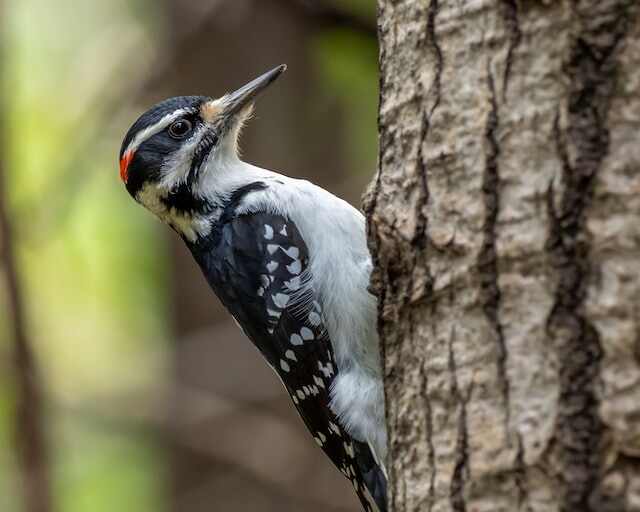
Inland Gems: Birding Hotspots in Central New Hampshire
While many birdwatchers flock to the popular locations in New Hampshire, central regions of the state offer some hidden gems that are worth exploring. Here are some of the best spots for birdwatching in central New Hampshire:
| Location | Recommended species to spot |
|---|---|
| Wellington State Park | Bald Eagles, Peregrine Falcons, and Loons |
| Winant Park | Woodpeckers, Blue Jays, and Warblers |
| Bedell Bridge State Park | Waterfowl, Woodpeckers, and Owls |
Wellington State Park is situated on the shores of Newfound Lake, which is famous for its loons. Visitors can spot the bald eagles soaring high above the lake and the peregrine falcons hunting for prey. Winant Park in Concord is a perfect spot for birdwatching in the city.
The park is home to various woodpeckers, blue jays, and warblers. Bedell Bridge State Park has a diverse range of habitats, including woodlands, river, and wetlands, providing opportunities to spot waterfowl, woodpeckers, and owls.
For those looking to explore more, Ragged Mountain and Mount Kearsarge offer magnificent views and a chance to spot different bird species during the hike.
Ragged Mountain is known for the hermit thrushes, warblers, and vireos, while Mount Kearsarge is popular for birdwatching in fall when visitors can see broad-winged hawks and various raptors migrating.
Mountains and Valleys: Birdwatching in the White Mountains
The White Mountain’s region of New Hampshire offers some of the state’s most scenic birdwatching opportunities. With a variety of habitats, from mountain peaks to deep valleys, birdwatchers can spot a wide range of species, including many that are unique to the region.
The Best Birdwatching Trails in the White Mountains
The White Mountains offer many hiking trails that provide excellent birdwatching opportunities. Some of the most popular include:
| Trail Name | Location | Common Birds Observed |
|---|---|---|
| Franconia Ridge | Franconia | Bicknell’s Thrush, Northern Saw-whet Owl, Blackpoll Warbler |
| Mount Osceola Trail | Waterville Valley | Grosbeaks, Crossbills, Gray Jays |
| Mt. Monadnock | Jaffrey | Hermit Thrush, Blackburnian Warbler, Black-and-White Warbler |
Be sure to bring a good pair of binoculars and watch for birds in different habitats as you hike.
The Unique Bird Species of the White Mountains
The White Mountains is home to many bird species that are unique to the region, including:
- Bicknell’s Thrush, a rare species that breeds only in high-elevation spruce-fir forests.
- Spruce Grouse, a bird that lives in mature spruce forests.
- Gray Jay, a bird that lives in the higher elevations of the mountains.
Spotting these unique species is a highlight of birdwatching in the White Mountains.
Exploring the Merrimack Valley: A Birdwatching Paradise
The Merrimack Valley region in New Hampshire is known for its diverse bird population and picturesque landscapes, making it a must-visit destination for birdwatchers of all levels.
One of the top birding spots in the region is the Massabesic Audubon Center, located in Auburn. The center offers guided bird walks and hosts a variety of bird-related events throughout the year. Visitors can spot a wide range of bird species, including Bald Eagles, Blue Herons, and Ospreys.
Another popular location in the Merrimack Valley for birdwatching is the Pawtuckaway State Park in Nottingham. The park’s diverse habitats, including wetlands, forests, and lakes, provide a home for a variety of bird species, including the rare Swainson’s Thrush.
For those who prefer urban birdwatching, the city of Manchester offers several great locations, including the Massabesic Lake and the Amoskeag Fishways. The Fishways offer guided tours and educational programs, providing visitors with a chance to learn more about the migratory patterns of birds in the area.
Overall, the Merrimack Valley region offers a unique birdwatching experience for enthusiasts of all levels. With its diverse habitats and range of bird species, it’s no surprise that this area is a popular destination for birdwatchers from around the world.
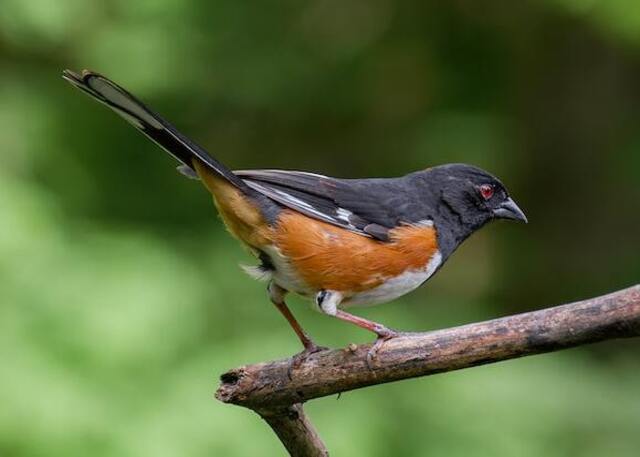
Cheshire County’s Hidden Birding Treasures
Cheshire County may not be as well-known for birdwatching as other regions in New Hampshire, but it is home to some hidden gems that are worth exploring. The county is nestled in the southwestern corner of the state and offers a variety of bird habitats, from forests to wetlands.
One of the top spots for birdwatching in Cheshire County is Pisgah State Park. The 13,000-acre park offers ample opportunities to spot a variety of bird species, including warblers, vireos, and raptors. The park’s diverse habitats, including hardwood forests, wetlands, and ponds, make it an ideal location for birdwatching enthusiasts.
| Bird Species | Best Time to Spot |
|---|---|
| Black-throated Blue Warbler | May to June |
| Red-shouldered Hawk | Year-round |
| Eastern Bluebird | Year-round |
Another hidden birding treasure in Cheshire County is the Monadnock Region. The area is home to Mount Monadnock, which is a popular destination for hikers and birdwatchers alike. The mountain’s rocky outcroppings provide a unique habitat for a variety of bird species, such as peregrine falcons and cliff swallows.
The Harris Center for Conservation Education
The Harris Center for Conservation Education is a nonprofit organization dedicated to promoting the conservation and study of natural systems in the Monadnock Region. The center offers a variety of birding programs, including guided bird walks and bird identification workshops.
The Harris Center also maintains a network of bird feeding stations throughout the region, which provide a valuable food source for overwintering bird species.
“Cheshire County may not be as well-known for birdwatching as other regions in New Hampshire, but it is home to some hidden gems that are worth exploring.”
- Remember to respect the wildlife and their habitats while birdwatching.
- Stay on designated trails and avoid disturbing nests or feeding areas.
- Bring a good pair of binoculars and a field guide to help with bird identification.
Cheshire County may not be as popular as other regions in New Hampshire for birdwatching, but its hidden treasures make it a worthwhile destination for any birdwatching enthusiast.
Birdwatching Ethics and Conservation Efforts in New Hampshire
Birdwatching is a wonderful hobby that allows nature enthusiasts to observe birds in their natural habitats. However, it also important to remember that birdwatching must be done responsibly and with care to ensure that birds are not disturbed or harmed. Here are some essential ethical guidelines to follow during your birdwatching trip to New Hampshire:
- Respect bird habitats and fragile ecosystems by staying on designated trails and paths.
- Keep a significant distance from nests, nesting sites, and other sensitive areas.
- Minimize your presence and noise by wearing dull-colored clothing that blends in with the surroundings and keeps noise levels low.
- Do not disturb birds or their natural habitats by using flash photography or playing recorded bird sounds.
- Dispose of your garbage and litter in designated receptacles or take them with you when you leave.
As a birdwatcher, you have a responsibility to respect the environment and help preserve it for future generations. Fortunately, there are many organizations and groups devoted to bird conservation in New Hampshire. Here are some key organizations and their goals:
| Organization | Focus |
|---|---|
| Audubon Society of New Hampshire | Protecting bird habitats, promoting environmental education, and monitoring bird populations in the state. |
| New Hampshire Bird Records Committee | Collecting and maintaining information regarding bird sightings in the state. |
| New Hampshire Fish and Game Department | Protecting and managing wildlife habitats, including birds, for their ecological and recreational value. |
By supporting these organizations and volunteering your time and resources, you can contribute to the conservation and protection of birds and their habitats in New Hampshire. Together, we can ensure that future generations of birdwatchers will have the same opportunities to enjoy the natural beauty of the state.
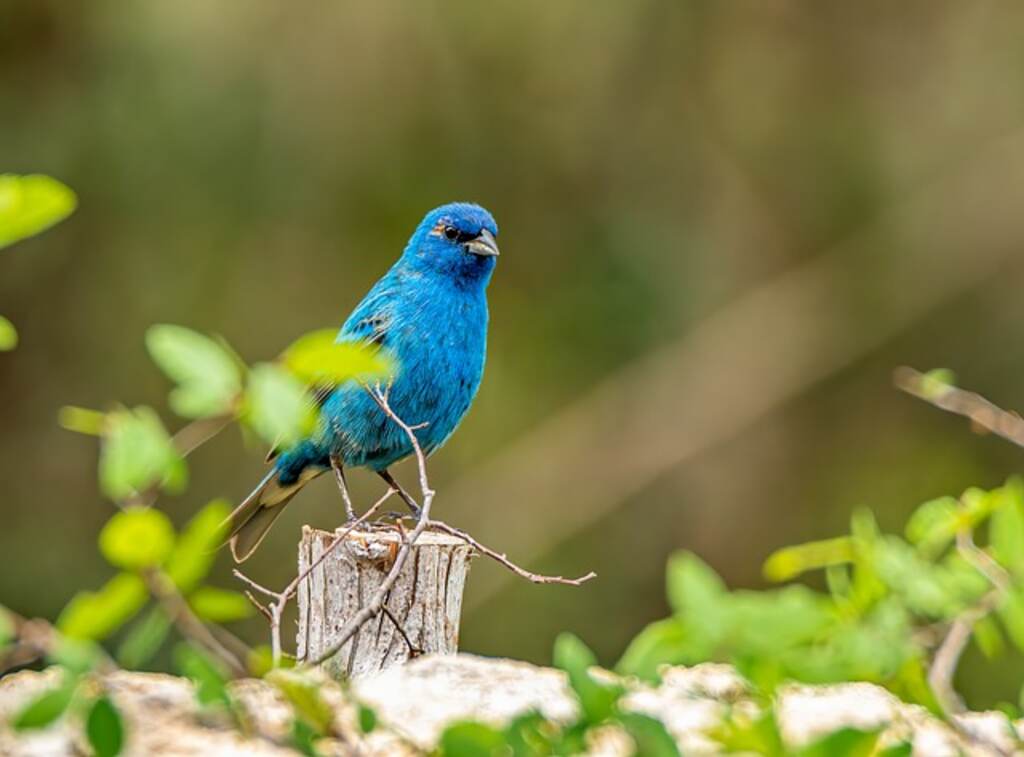
Tips for a Successful Birdwatching Trip in New Hampshire
If you’re planning a birdwatching trip to New Hampshire, here are some tips to help you make the most of your experience:
- Research the best time to visit: The best time for birdwatching in New Hampshire is during the spring and fall migration seasons. Look up migration schedules to plan your trip accordingly.
- Choose the right gear: A good pair of binoculars is essential for birdwatching. Consider investing in a field guide and a spotting scope as well.
- Stay quiet and still: Birds are easily scared away by loud noises or sudden movements. Approach bird habitats slowly and try not to disturb them.
- Join a guided tour: If you’re new to birdwatching or unfamiliar with the area, consider joining a guided tour. Local experts can provide valuable insights and help you spot more birds.
- Be respectful of nature: Practice ethical birdwatching by staying on designated trails and avoiding disturbing bird habitats. Make sure to pack out any trash or litter.
- Visit multiple locations: New Hampshire has many different birdwatching hotspots to explore. Don’t limit yourself to just one location; try to visit several to maximize your chances of seeing different bird species.
By following these tips, you can ensure a successful and enjoyable birdwatching trip in New Hampshire. Happy birding!
Conclusion
New Hampshire is a haven for birdwatching enthusiasts, from the Great North Woods to the picturesque seacoast. With a diverse range of habitats and bird species, the state offers endless opportunities for exploration and discovery.
It’s important to remember the ethical responsibilities that come with birdwatching and the crucial role conservation efforts play in preserving these habitats. Whether you’re a seasoned birder or a newcomer to the hobby, a trip to New Hampshire’s birdwatching hotspots is sure to be a memorable experience.
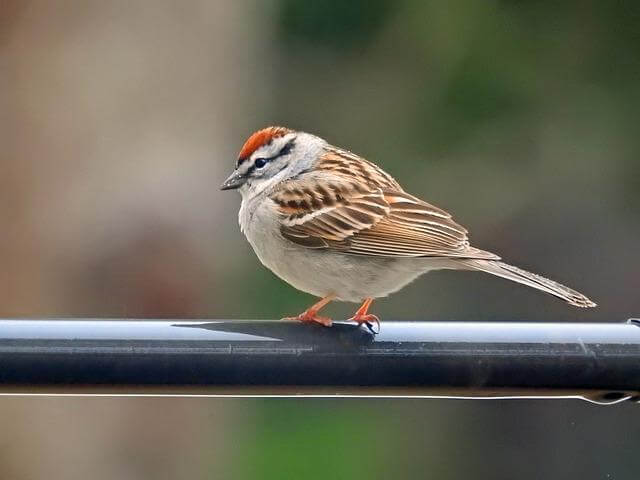
FAQs: Top Birdwatching Hotspots In New Hampshire
What are some popular birdwatching hotspots in New Hampshire?
Some popular birdwatching hotspots in New Hampshire include the Great North Woods region, the New Hampshire seacoast, Central New Hampshire, the White Mountains, the Merrimack Valley, and Cheshire County.
Are there any guided birdwatching tours available in New Hampshire?
Yes, there are guided birdwatching tours available in New Hampshire, particularly along the seacoast and in Cheshire County. These tours provide expert guidance and the opportunity to spot a wide range of bird species.
What are some birdwatching trails and sites in New Hampshire?
Some popular birdwatching trails and sites in New Hampshire include those in the Great North Woods region, the White Mountains, and the Merrimack Valley. These locations offer a variety of habitats and bird species to observe.
What can I expect to see during a birdwatching trip in New Hampshire?
New Hampshire is home to a diverse range of bird species, including migratory birds, waterfowl, raptors, and songbirds. Depending on the season and location, you may spot species such as bald eagles, loons, warblers, and more.
What are some ethical practices for birdwatching?
Some ethical practices for birdwatching include respecting bird habitats and nesting areas, observing from a distance, minimizing disturbance, and following local regulations and guidelines. It is important to prioritize the well-being and conservation of the birds.
When is the best time to go birdwatching in New Hampshire?
The best time to go birdwatching in New Hampshire varies depending on the species and desired experience. Generally, spring and fall offer the opportunity to observe migratory birds, while summer is ideal for nesting species and winter for waterfowl.
What gear should I bring for a birdwatching trip in New Hampshire?
It is recommended to bring binoculars, a field guidebook, comfortable clothing, sturdy footwear, sunscreen, insect repellent, and water. Additionally, a camera and notepad can be useful for documenting bird sightings and behaviors.
How can I contribute to bird conservation efforts in New Hampshire?
You can contribute to bird conservation efforts in New Hampshire by supporting local conservation organizations, participating in citizen science initiatives, volunteering for bird monitoring programs, and advocating for the protection of bird habitats.

